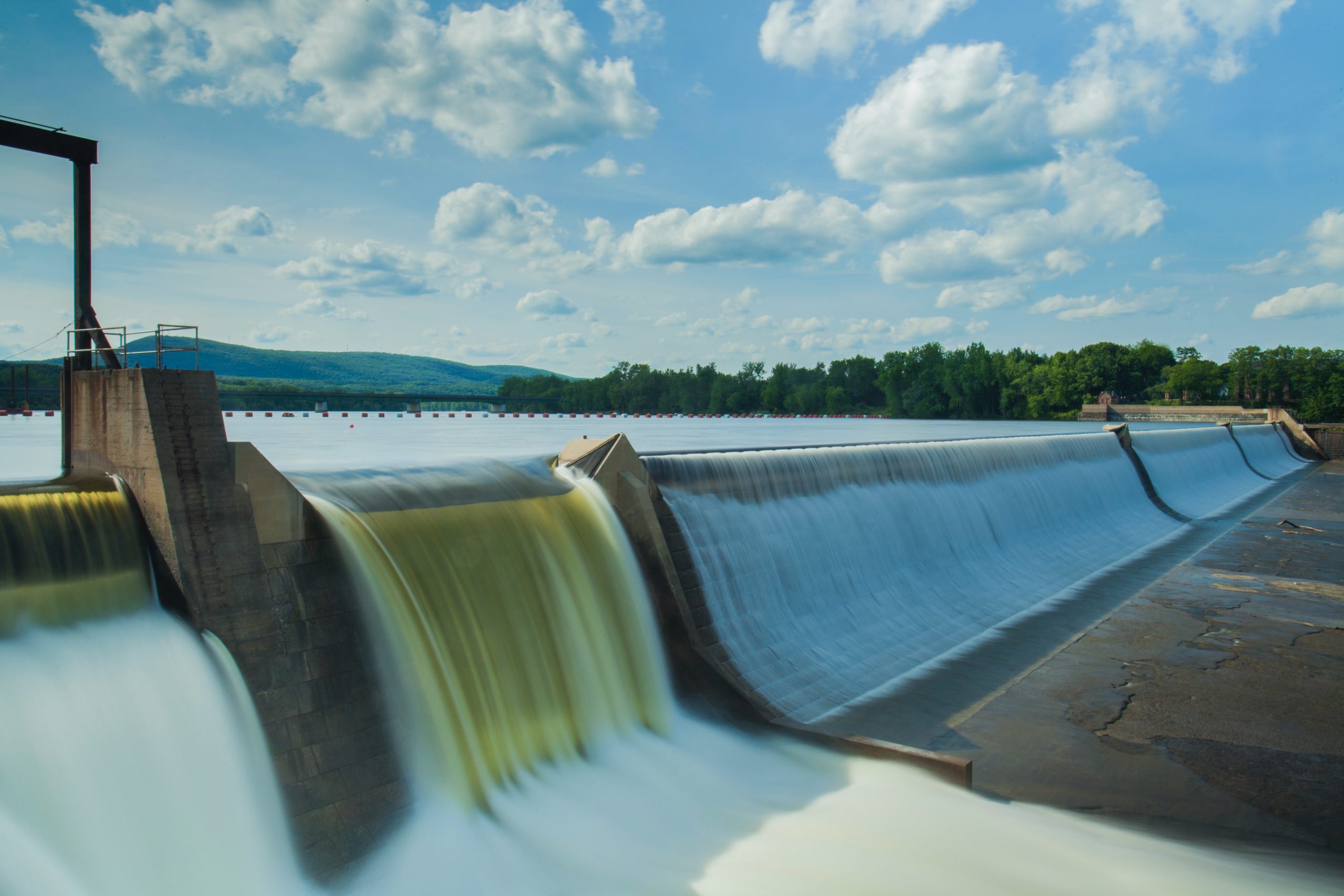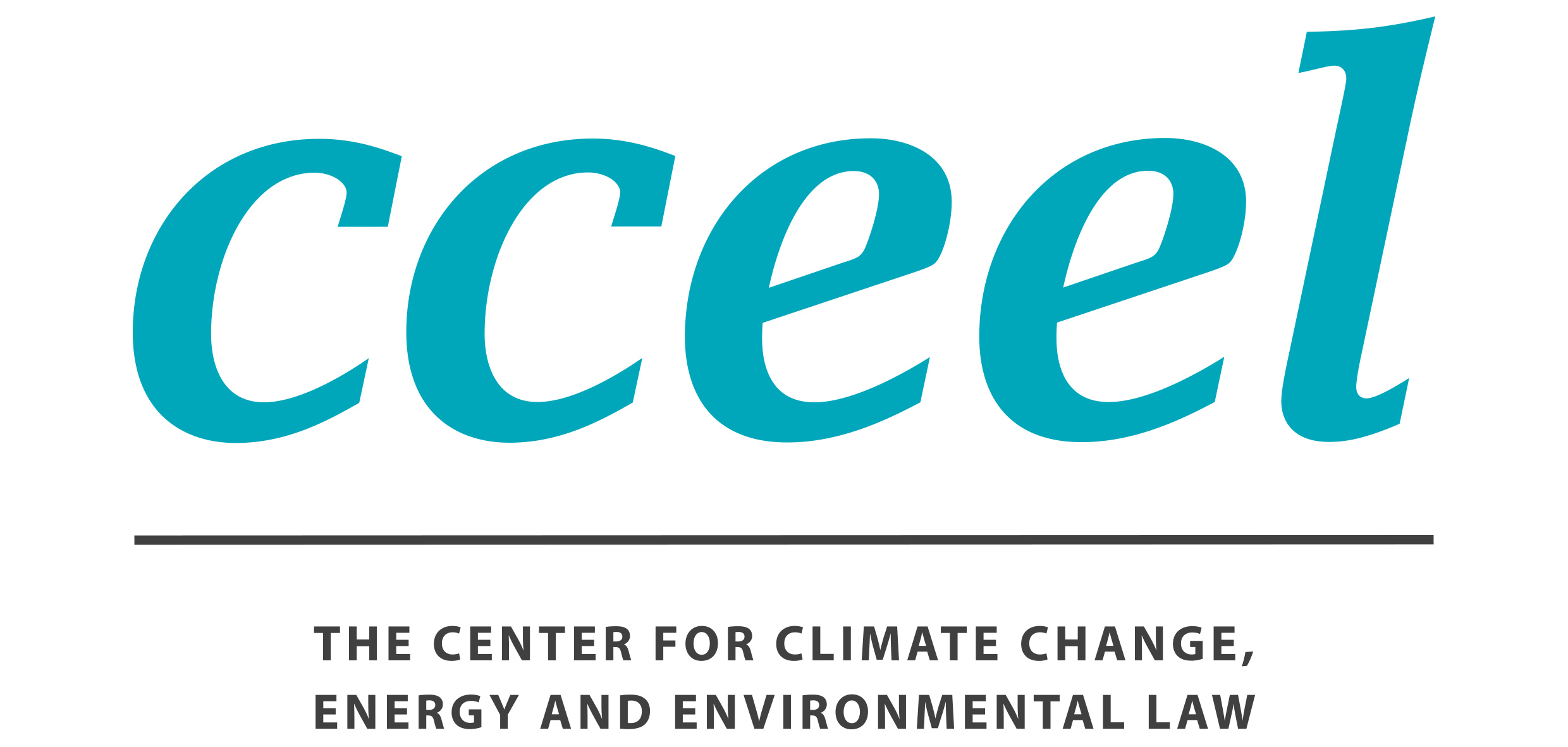Will the new EU taxonomy bring stricter ecological requirements for hydropower?

By Suvi-Tuuli Puharinen & Antti Belinskij.
Puharinen is a PhD researcher and Belinskij is Professor of Environmental Law at the Center for Climate Change, Energy and Environmental Law of the University of Eastern Finland. Both contribute to the SUSHYDRO -project financed by the Academy of Finland.
This blog post is based on the Finnish language version published on the UEF Law School blog.
The EU Disclosure Regulation requires financial market participants to assess and disclose information on the sustainability of their investment products. The sustainability criteria for economic activities subject to investments are stipulated in the EU Taxonomy. The Finnish hydropower sector has criticised these criteria for tightening the requirements on their operations and thus increasing the costs of renewable energy production. However, as we argue in this blog post, the criteria for hydropower set in the EU Taxonomy do not exceed the requirements already established in EU law.
The EU levels the playing field for sustainable investments
Investors are becoming more and more interested in sustainability considerations and in response, financial market participants have increasingly made sustainability commitments in their investment products. The challenge however is in recognising the investments that actually contribute to environmental sustainability.
The EU aims at levelling the playing field with the Disclosure Regulation (EU 2019/2089) that requires financial market participants to assess and disclose information on sustainability aspects of their investment products. The EU Taxonomy Regulation (EU 2020/852) in turn provides a classification system that harmonises environmental sustainability criteria for economic activities. Consequently, investment products may be marketed as sustainable only if they finance economic activities that fulfil the environmental sustainability criteria established in the Taxonomy.
The sustainability criteria
Environmental sustainability is defined in the Taxonomy through six environmental objectives. The relevant objectives for hydropower are:
- climate change mitigation;
- climate change adaptation;
- the sustainable use and protection of water and marine resources; and
- the protection and restoration of biodiversity and ecosystems.
An economic activity qualifies as environmentally sustainable when it contributes substantially to one or more of the environmental objectives and does not significantly harm any of the other objectives. The discussion around sustainability criteria for hydropower escalated with the Commission’s delegated act (C(2021) 2800/3) published on 21.4.2021 that lays down technical screening criteria for activities contributing substantially to climate change mitigation and adaptation.
The sustainability criteria for hydropower
According to the technical screening criteria, hydropower can be considered to substantially contribute to climate change mitigation by generating low-carbon electricity, if certain conditions are met. It should be noted that these conditions focus on greenhouse gas emissions but do not include any criteria related to the plant’s contribution to the overall electricity production or their capacity to balance the electricity grid. At the outset, all hydropower regardless of the size of the facility could be considered to substantially contribute to climate change mitigation, according to the Taxonomy Regulation. In reality, only the bigger facilities that generate enough electricity and that have the storage and hydropeaking capacity needed to balance the electricity grid are relevant for a transition to low-carbon electricity systems. In contrast, small-scale facilities only produce little electricity and they do not contribute to balancing the electricity grid. Yet the adverse ecological effects such as barriers to ecological flows including fish migration and the loss of habitats occur regardless of the size.
In order to qualify as environmentally sustainable, hydropower should not significantly harm any other environmental objectives, such as the “sustainable use and protection of water resources”. It is precisely these ‘do no significant harm’ criteria that have evoked heated opposition from the hydropower sector.
According to the Taxonomy Regulation, an economic activity is considered to significantly harm the water objectives when the activity is detrimental to the good status or the good ecological potential of a water body. The provision echoes the requirements of the EU Water Framework Directive (2000/60/EC) and the case-law of the EU Court of Justice. The CJEU established in the Weser-ruling (C-461/13) that new projects are not to be authorised when they would jeopardise the achievement of good status in the water body or deteriorate the status of even one quality element used in the water status classification. Member States may, however, authorise the project when it fulfils the preconditions for derogation from these objectives.
In the delegated act, the technical screening criteria on significant harm to water differ between new hydropower projects and existing operations. The criteria for new projects are in line with the requirements of EU water law, recognising also the possibility of derogations, a provision which isn’t included in the text of the Taxonomy Regulation. Yet the technical screening criteria add a requirement on ecological compensation; the harms caused to ecological continuums by a new hydropower project must be compensated in the river basin management district. Such compensation could, for example, include carrying out restoration measures on previously dammed rivers.
Potentially the most controversial part of the technical screening criteria is the requirements for existing hydropower operations. The criteria require implementation of all technically feasible and ecologically relevant mitigation measures to reduce adverse impacts on water as well as on protected habitats and species in accordance with the Water Framework Directive. This may include measures to ensure downstream and upstream fish migration by building fish passages or by-pass channels and measures to improve ecological flows and habitats.
Yet the criteria for existing hydropower operations only specify the requirements of the Water Framework Directive at most. The Water Framework Directive requires Member States to review and when necessary update the previously granted authorisations in accordance with the water management objectives. The Commission has already reminded Finland on several occasions to review all existing hydropower permits particularly with regards to fish migration and ecological flows.
Will the Taxonomy tighten rules on ecological sustainability of hydropower?
The Finnish hydropower sector vigorously objects to the environmental sustainability criteria established by the Commission. It has been claimed that hydropower would be left completely outside the scope of environmentally sustainable activities or treated unfairly compared to other renewable energy sources. It is also feared that the tighter requirements would increase the operational costs of hydropower production.
Yet, apart from the compensation required alongside any new operations, the Commission’s technical screening criteria do not go beyond what the EU law already requires. Thus, the EU’s sustainability requirements for hydropower cannot be described as being significantly stricter in the Taxonomy Regulation.
The question is: are Finland’s own legislative and administrative conditions sufficient to meet the EU law requirements on mitigating the harms from existing hydropower operations? The Finnish Water Act (587/2011) takes a protective stance on hydropower operations, granting unlimited duration and fixed conditions for permits. There have been no systematic efforts to review or update old permits. In addition, the operators’ failures to implement even the fish migration measures required by permits have sometimes been overlooked. An illustrative example of these challenges is the application made by the Lapland Centre for Economic Development, Transport and the Environment in 2017 to update the permit conditions of hydropower plants on the rivers Kemi and Ii, which is still pending before the permitting authority.
The way forward?
Judging by the long process on the rivers Kemi and Ii, it is hard to believe that permit reviews could be the answer to enhancing the ecological sustainability of hydropower in Finland anytime soon. Could the Taxonomy Regulation incentivise the industry to take on sustainability measures?
Hydropower operators fear that not complying with the Taxonomy criteria could reduce their prospects of getting funded and thus weaken their economic situation. In reality, the Taxonomy only defines green activities that are particularly coveted by investors. As long as the activity is economically viable, it should still be able to attract investors in the future.
Maybe the Taxonomy’s biggest impact on the environmental sustainability of hydropower is clarifying the EU’s stance on the issue. The technical screening criteria clearly establish what should be regarded as sustainable under the Water Framework Directive. This can have an impact on both private investments and state aid policies, incentivising voluntary measures taken by the operators and even pushing administration’s action towards restoring viable migratory fish stocks and enhancing other environmental aspects of hydropower production.
Perhaps the biggest question regarding hydropower’s environmental sustainability in Finland is, what should be done with the numerous small-scale hydropower plants that are virtually insignificant from the viewpoint of the energy system. For small-scale hydropower, any environmental mitigation measure often puts the economic viability of the entire operation at risk.
Photo by American Public Power Association on Unsplash.
Blog editors: Yulia Yamineva and Tuula Honkonen
